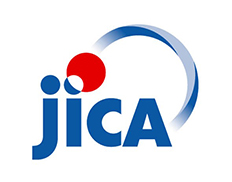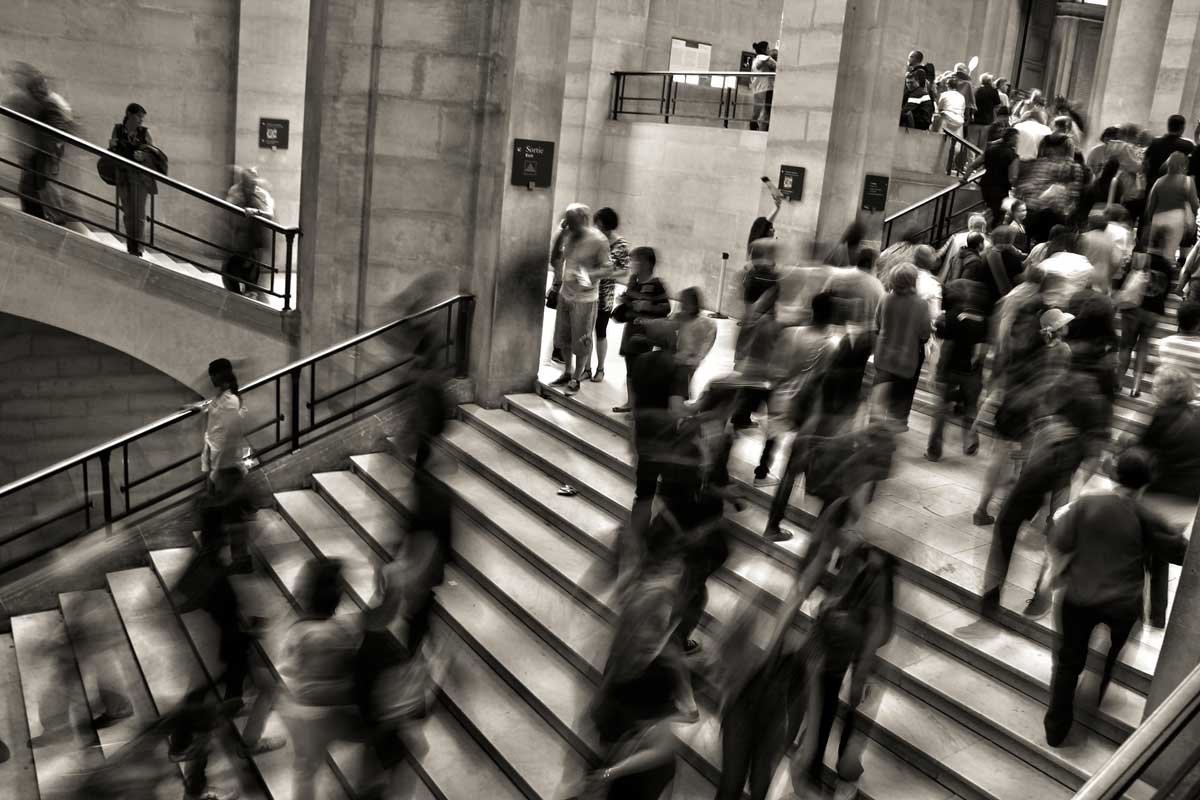The Japan International Cooperation Agency (JICA) and UNOPS strengthen learning environment in Lebanon [EN/AR] – ReliefWeb
![The Japan International Cooperation Agency (JICA) and UNOPS strengthen learning environment in Lebanon [EN/AR] – ReliefWeb](https://www.developmentaid.org/files/organizationLogos/japan-international-cooperation-agency-118415.jpg?#)
Project Report: Educational Sector Enhancement in Lebanon
A Collaborative Initiative for Sustainable Development
On July 24, 2025, a new project was launched in Beirut to support Lebanon’s public education sector. The initiative is a tripartite partnership between Lebanon’s Ministry of Education and Higher Education (MEHE), the Japan International Cooperation Agency (JICA), and the United Nations Office for Project Services (UNOPS). The project is designed to deliver rapid pilot activities that align with Lebanon’s Five-Year General Education Plan (2021-2025) and contribute significantly to the achievement of the Sustainable Development Goals (SDGs).
Alignment with Sustainable Development Goals (SDGs)
This project is fundamentally structured to advance several key SDGs, reflecting a comprehensive approach to sustainable development in a post-conflict context.
SDG 4: Quality Education
The project’s primary focus is the direct advancement of SDG 4, which aims to ensure inclusive and equitable quality education and promote lifelong learning opportunities for all. Contributions include:
- Improving learning outcomes for children and youth through enhanced educational services.
- Creating safe, non-violent, inclusive, and effective learning environments via the rehabilitation of school infrastructure.
- Providing essential equipment and furniture to under-resourced schools.
- Increasing the supply of qualified teachers and administrators through targeted capacity-building and training on modern leadership and strategic planning.
SDG 17: Partnerships for the Goals
The operational framework of this initiative exemplifies SDG 17. The collaboration between the Government of Lebanon (MEHE), a bilateral donor agency (JICA), and a United Nations agency (UNOPS) demonstrates a robust multi-stakeholder partnership essential for mobilizing resources and expertise to achieve sustainable development objectives.
SDG 16: Peace, Justice and Strong Institutions
By strengthening the public education system, the project contributes to SDG 16. It aims to build effective, accountable, and inclusive institutions at all levels. Empowering school principals and communities through the School Improvement Plan (SIP) promotes local accountability, strengthens resilience, and supports Lebanon’s social and economic recovery from years of conflict.
SDG 9: Industry, Innovation and Infrastructure
The project component focused on the light rehabilitation of public schools directly supports SDG 9. By upgrading educational facilities, the initiative helps build resilient infrastructure, which is a critical foundation for sustainable social and economic development.
Project Components and Strategic Objectives
Key Activities
The project will be implemented by UNOPS and will focus on three core pilot activities:
- Light rehabilitation of selected public school facilities to improve the physical learning environment.
- Provision of essential school furniture and equipment to enhance the quality of education delivery.
- Capacity building and training for school representatives to effectively scale-up MEHE’s School Improvement Plan (SIP) initiatives.
Strategic Objectives
The project builds upon JICA’s continuous support to Lebanon’s education sector since 2017. Its long-term strategic objectives are to:
- Enhance the leadership, administrative, and self-evaluation capacities of public school principals.
- Promote a culture of school-based management, accountability, and community-led development.
- Strengthen the resilience of the Lebanese education system against the impacts of conflict and crisis.
- Contribute to a fostering learning environment where students can reach their full potential, supporting Lebanon’s future human capital.
Stakeholder Commitments to Sustainable Educational Development
Stakeholders have affirmed their commitment to the project’s goals. The Ambassador of Japan in Lebanon, Mr. Masayuki Magoshi, highlighted that public education is central to the country’s recovery and a key investment in its youth, aligning with SDG 4. Mr. Morihata Shingo of JICA emphasized that the project empowers school communities to lead their own development, fostering accountability and resilience in line with SDG 16. Mr. Muhammad Usman Akram of UNOPS noted the project’s role in addressing the strain on essential services caused by conflict and contributing to a better learning environment for future generations, reinforcing the commitment to SDG 4 and SDG 9 through sustainable infrastructure solutions.
Which SDGs are addressed or connected to the issues highlighted in the article?
- SDG 4: Quality Education
- SDG 16: Peace, Justice and Strong Institutions
- SDG 17: Partnerships for the Goals
What specific targets under those SDGs can be identified based on the article’s content?
-
SDG Target 4.1: By 2030, ensure that all girls and boys complete free, equitable and quality primary and secondary education leading to relevant and effective learning outcomes.
- The article states the project will “contribute to ensuring improved learning outcomes for children and youth through enhanced quality of education services.” This directly aligns with the goal of achieving quality education and effective learning outcomes.
- The project supports “Lebanon’s Five-Year General Education Plan (2021-2025),” which is a national strategy aimed at improving the educational system.
-
SDG Target 4.a: Build and upgrade education facilities that are child, disability and gender sensitive and provide safe, non-violent, inclusive and effective learning environments for all.
- The project explicitly includes “light rehabilitation and provision of school furniture and equipment to selected public schools.”
- The Ambassador of Japan notes the importance of ensuring “students in Lebanon have access to a fostering learning environment,” and UNOPS aims to “contribute towards a brighter and better learning environment.” This speaks directly to creating effective and safe learning environments.
-
SDG Target 4.c: By 2030, substantially increase the supply of qualified teachers, including through international cooperation for teacher training in developing countries.
- The project focuses on capacity building within the education system by providing “capacity building training for school representatives” and aiming to “enhance the leadership and administrative capacities of Lebanese public school principals.” While not directly training teachers, strengthening school leadership is a critical component of improving education quality and is facilitated through international cooperation (JICA, UNOPS).
-
SDG Target 16.6: Develop effective, accountable and transparent institutions at all levels.
- The project aims to “enhance the leadership and administrative capacities of Lebanese public school principals, equipping them with modern leadership skills, strategic planning, and self-evaluation.” This strengthens the school as an institution.
- A stated goal is to “promote accountability, and strengthen resilience” through improved “school-based management,” which contributes to more effective and accountable local institutions.
-
SDG Target 17.16: Enhance the global partnership for sustainable development, complemented by multi-stakeholder partnerships that mobilize and share knowledge, expertise, technology and financial resources.
- The entire initiative is a multi-stakeholder partnership. The article details the collaboration between the “Ministry of Education and Higher Education (MEHE) of Lebanon,” the “Japan International Cooperation Agency (JICA),” and “UNOPS.”
- This partnership mobilizes financial resources and expertise from Japan and UNOPS to support Lebanon’s national education goals, perfectly illustrating the mechanism described in this target.
Are there any indicators mentioned or implied in the article that can be used to measure progress towards the identified targets?
-
Number of rehabilitated schools and schools provided with furniture/equipment.
- This is a direct, measurable output mentioned in the article: “light rehabilitation and provision of school furniture and equipment to selected public schools.” It serves as an indicator for progress towards Target 4.a.
-
Number of school representatives and principals trained.
- The article mentions the project will provide “capacity building training for school representatives” and “enhance the leadership and administrative capacities of Lebanese public school principals.” Counting the number of participants is a clear indicator for progress towards Target 4.c.
-
Implementation of School Improvement Plan (SIP) initiatives.
- The project supports the “scaling-up MEHE’s School Improvement Plan (SIP) initiatives.” The extent to which these plans are implemented in the selected schools is an implied indicator of institutional strengthening, relevant to Target 16.6.
-
Improved learning outcomes.
- The article states a primary goal is “improved learning outcomes for children and youth.” While the method of measurement is not specified, this is a key performance indicator for the project’s success and is directly related to Target 4.1.
-
Existence and functioning of the multi-stakeholder partnership.
- The successful implementation of the project by the partnership of MEHE, JICA, and UNOPS is itself an indicator of a functional partnership as described in Target 17.16.
SDGs, Targets and Indicators Table
| SDGs | Targets | Indicators (Mentioned or Implied in Article) |
|---|---|---|
| SDG 4: Quality Education | Target 4.1: Ensure quality primary and secondary education leading to effective learning outcomes. | Improved learning outcomes for children and youth. |
| Target 4.a: Build and upgrade education facilities to create safe and effective learning environments. | Number of schools receiving light rehabilitation; Amount of school furniture and equipment provided. | |
| Target 4.c: Increase the supply of qualified teachers through international cooperation and training. | Number of school representatives and principals receiving capacity building training. | |
| SDG 16: Peace, Justice and Strong Institutions | Target 16.6: Develop effective, accountable and transparent institutions. | Implementation of School Improvement Plan (SIP) initiatives; Enhanced accountability in school-based management. |
| SDG 17: Partnerships for the Goals | Target 17.16: Enhance the global partnership for sustainable development. | The existence and successful implementation of the joint project between MEHE, JICA, and UNOPS. |
Source: reliefweb.int

What is Your Reaction?
 Like
0
Like
0
 Dislike
0
Dislike
0
 Love
0
Love
0
 Funny
0
Funny
0
 Angry
0
Angry
0
 Sad
0
Sad
0
 Wow
0
Wow
0








































































